When technology becomes magic: Virtual conferences with Teams
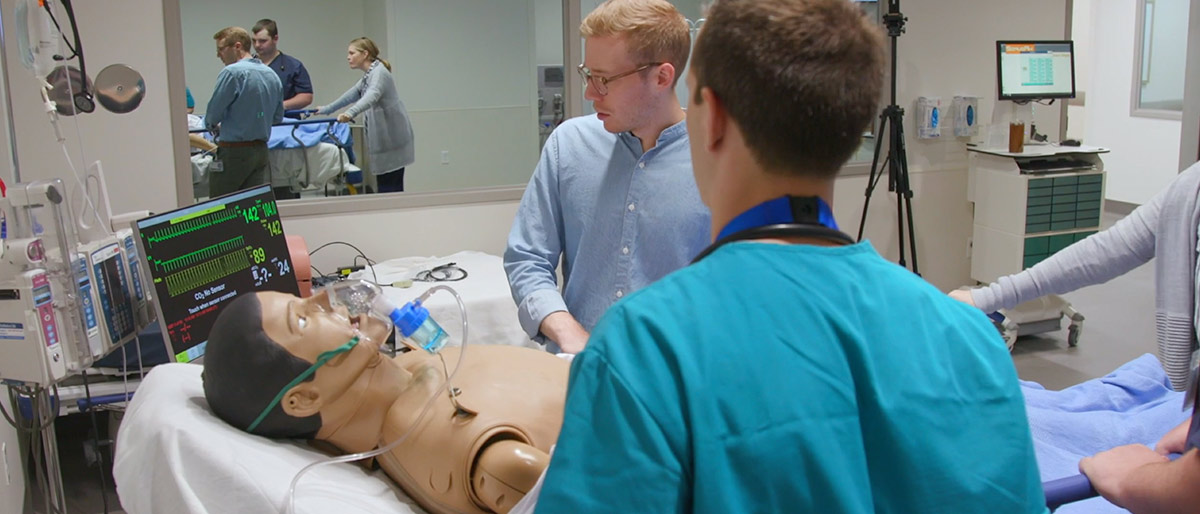
UT Southwestern is known for its scientific discoveries and health care advancement. Now, the Business Affairs side of the University is demonstrating innovation by creatively employing virtual conferencing technology and showing other institutions how to do the same.
The third annual Simulation-Based Quality Improvement and Research Forum on May 13 became the first UT Southwestern conference to be held virtually using the Microsoft Teams platform. More than 430 people from over 70 institutions took part in the conference, including representatives from UT Dallas, UT Arlington, Baylor Scott & White, Penn State University, University of Chicago, and Northwestern University. One attendee even signed on from Lisbon, Portugal.
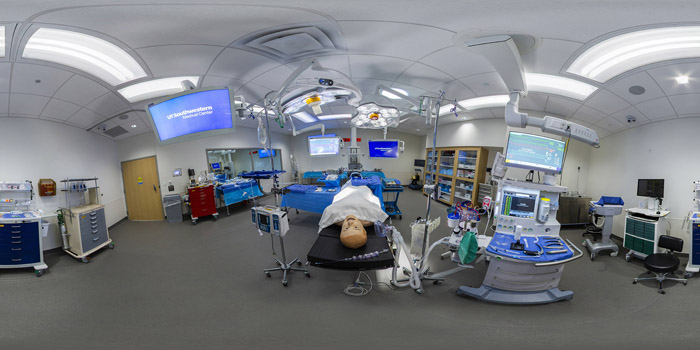
By going virtual, the event broadened exposure for UT Southwestern’s Simulation Center, which opened in 2018 and quickly gained a reputation for excellence. The Center fulfills three primary functions: high-fidelity team training that replicates the clinical environment; training in specific procedures and tasks such as laparoscopic surgery and suturing; and hired actors who replicate patients, according to Dr. Daniel Scott, Director of the Simulation Center. Learners receive feedback and coaching, with a focus on teamwork and communication.
Hosting virtual conferences is one way to leverage Microsoft Teams – a videoconferencing, collaboration, and communications platform that has become invaluable for UT Southwestern, and many institutions, as employers embrace remote work in the age of COVID-19.
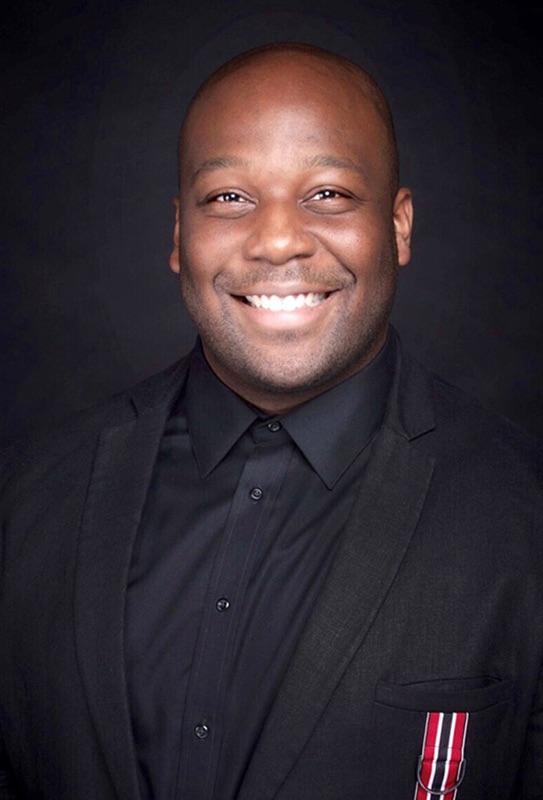
“A key ingredient to change is the desire, the reason why. COVID-19 made people willing to try a new approach because there was no other option,” said Billy Stevenson III, Senior Change Management Analyst in Academic and Administrative Information Resources (AAIR), who has worked to update and evolve UTSW technology systems since last year.
The goal was to make the experience as similar as possible to attending a live conference, without any travel logistics or expenses. Participants just had to register online and then log on for the event. A post-conference survey showed that, given the opportunity, 90 percent of conference registrants would happily attend this type of conference again.
“Information Resources is driven to provide innovative technical solutions that partner with our faculty and students to help share their work nationally and internationally,” said Dr. Thomas B. Spencer, Assistant Vice President for IR Operations and Compliance.
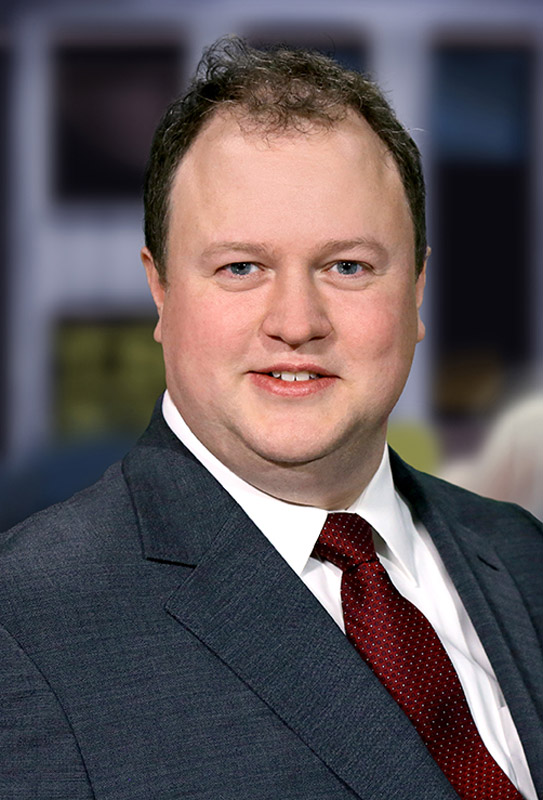
“Our group used the Microsoft Teams space as if it were a virtual building. The channels and links were like doors to various rooms,” said Mr. Stevenson. He explained that the difference between this conference and online webinars was that it needed to be open and collaborative, a place for attendees to explore, discuss together, and receive immediate responses to their questions.
The half-day conference started as most such events do: with a greeting, an agenda, and a brochure. All of these were accessed online, where Dr. Scott and Krystle Campbell, Director of Operations at the Simulation Center, welcomed attendees. Next, participants could virtually “walk through” the poster sessions and ask questions of the presenters. In total, there were interactive presentations involving 13 speakers and 26 posters on a range of simulation-related topics. Presenters were tagged so that when attendees asked questions, responses could be given in real time. Both questions and answers were recorded and made available afterward, and CME credit was available.
According to Dr. Scott, the collaborative team spirit of the Simulation Center and AAIR employees helped transition the conference to a virtual platform in less than six weeks.
“Our colleagues brought their incredible skill sets to the table. Their expertise allayed our concerns, and led to a smooth and successful conference experience,” said Dr. Scott, who is also Assistant Dean of Simulation & Student Integration, Graduate Medical Education.
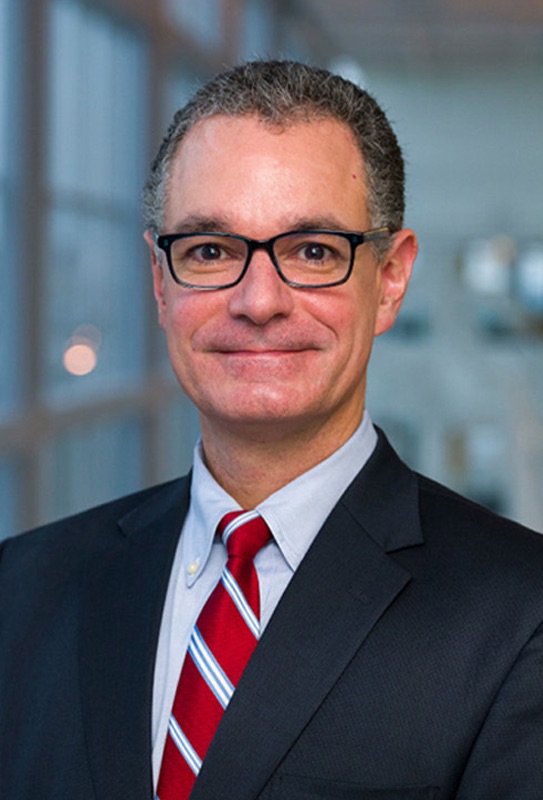
The keynote speaker for the virtual conference was Dr. Diane Wayne from Northwestern University. Speakers from UTSW, UTD, and UTA gave presentations on pediatric critical care medicine, hospital medicine, surgery, obstetrics and gynecology, cardiology, pediatrics, the Simulation Center, and internal medicine.
In the background, pulling strings to make the magic happen, the AAIR team managed 20 rooms of presentations simultaneously, much like a crew would manage a television broadcast. “We made sure each camera angle was correct and that there was seamless switching between presenters. Every PowerPoint needed to function correctly, and all the sound levels needed to be set just right,” said Mr. Stevenson.
The sessions proved so popular that they were kept available online for two days after the conference concluded. Mr. Stevenson was invited by Microsoft to share his knowledge of using the Teams platform with their executives, and to participate in Microsoft’s innovation in education program. This one-year national program includes education professionals from elementary level to higher education, and requires collaboration with others in the cohort to exchange ideas.
Now another virtual conference is in the planning stages. AAIR staff and UT Southwestern faculty are preparing the Texas Alzheimer’s Research and Care Consortium (TARCC) for January. Attendees will span public, academic, medical, governmental affairs, legislative staff, as well as elected officials and CEOs who support Alzheimer’s research. Some of the sessions will be open to the public, with participation expected to surpass 500.
“The COVID-19 pandemic has forced people to reexamine their business processes. When they partner with IR, we ask, ‘Can we help you make it better?’” said Dr. Spencer, whose team envisions offering virtual conferencing and other emerging technology services to executive leaders, students, faculty, staff, patients, and researchers.
“UTSW needs to be virtually accessible even when there isn’t a pandemic,” said Mr. Stevenson. “We like to say that when innovation occurs, technology is indistinguishable from magic.”

